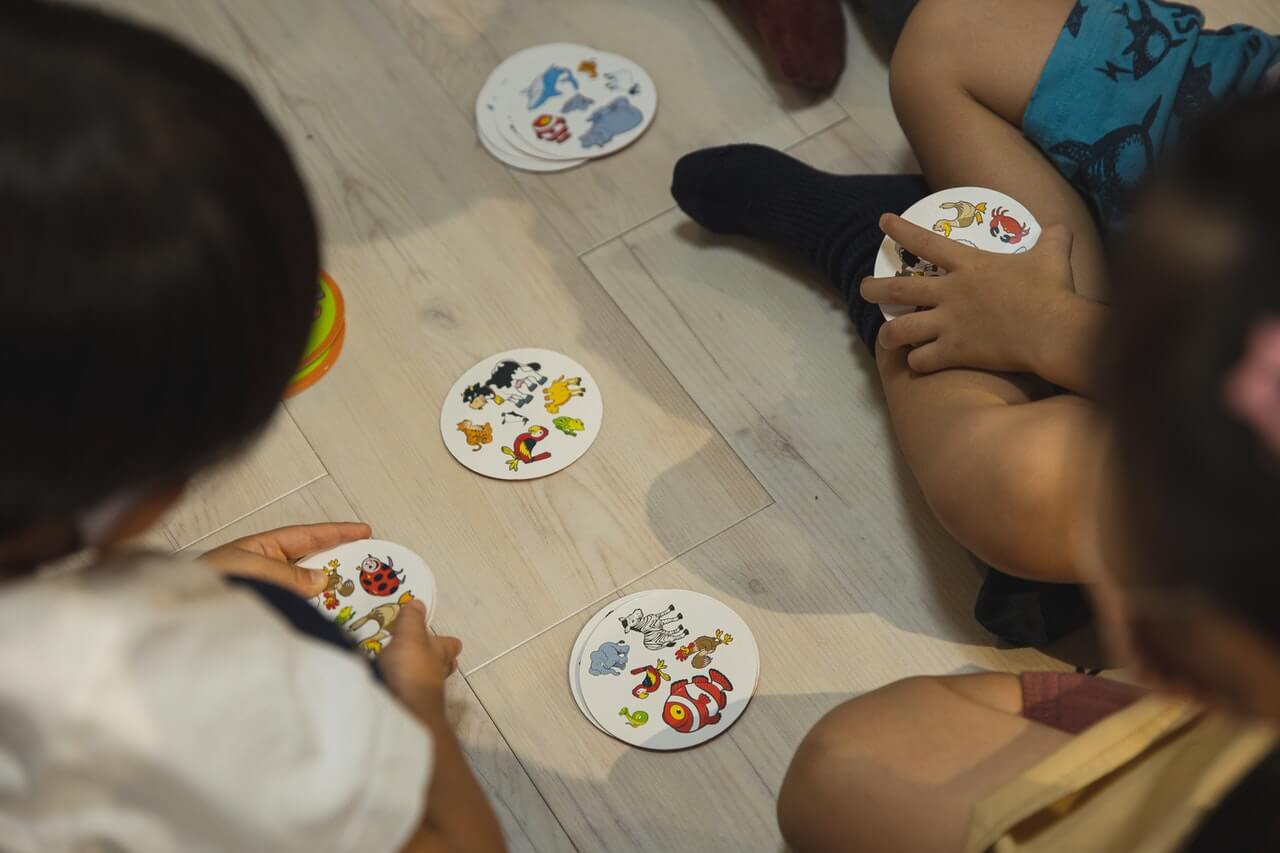Having some ESL activities ready to use at a moment’s notice can help you feel more relaxed in the classroom. No matter how experienced you are as a teacher, there are always those days when things just don’t seem to work out as planned. Here are a few suggestions for some low-prep materials that you can use again and again:
Material: Pictures/Photographs
Collect interesting pictures. Laminate them or mount them on card-stock for durability. Keep some in your bag or classroom for short notice activities. Some activity suggestions:
- Put some pictures with some similarities on the board. Students take turns describing them (orally or in writing) and others have to guess which picture has been described.
- Hand small groups of students 3-5 random pictures, or have them choose pictures. Students must then create a scenario that connects all the pictures.
- Hand out a picture to each student (or have students choose one). They must decide what the picture reminds them of. Partners must then ask questions to elicit as much detail as possible about the event.
Material: Index Cards with Words/Phrases
Mingle: Hand each student a verb card and have them move around the classroom asking a question using the word on the card. Students can exchange cards and move onto a new partner. The teacher can decide to limit questions to specific types or tenses depending on the class.
Talk about: Have students work in pairs and hand each pair a small number of topic cards. When the teacher says start, one student must take a card and talk continuously on the top for the allotted time. then the teacher says stop, the other member of the pair takes a turn. When all the cards have been used, students can volunteer to try in front of the whole class.
You’ll soon develop your own list of favorite prep ESL activities that you can use in your classroom at a moment’s notice.
Dictogloss
Dictogloss is an adaptation to the traditional practice of giving students a dictation as a form of listening and combined writing practice or a form of assessment. It is an activity that can integrate listening, speaking, and writing skills and enables students to develop coping strategies that help them to become more fluent listeners. A dictogloss can also be used to teach grammar communicatively.
Top-down Processing
“Pens down.” This is the first essential instruction needed to do a dictogloss with your students. Students must at first only listen and try to understand what is being said.
We want them to hear longer pieces of spoken text so that they learn to listen holistically. We are not concerned with students getting word for word of a text accurately copied.
We want them to listen globally, for overall meaning and to reformulate what they heard. We are developing the ability to cope with rapid native speech. We are training them now to ignore the small insignificant words and focus only on the words that impart meaning.
Reconstruction of a Text
The dictogloss can then lead to a speaking or writing activity. Students can listen again and take notes or they can work together to reconstruct what they heard first by discussing the passage together.
They might write out what they believe the main ideas were, noting key content words and reconstructing the meaning of the passage.
Further discussion or writing prompts can be given to extending communication on the same topic or students might be asked to share personal anecdotes related to a similar theme.
Incorporating a Grammatical Focus
A dictogloss can also be used to introduce or review a grammatical form and function. After the initial “pens down” listening to a passage that incorporates a specific grammatical feature, we can give students guided questions that relate to that target grammatical form and function.
When working together in pairs or small groups, we ask them to reformulate specific constructions and work out the grammar without the grammar being taught to them. The form might not be exact and they may well use other forms to express the same function. They will be teaching themselves through experimentation that different forms can be used to express the same function.
Setting Up Dictogloss
Teachers can vary the procedure according to their needs, but the following steps provide a basic outline for using dictogloss in class.
- Choose a short one or two paragraph text with vocabulary at an appropriate level for your class.
- Tell students they will hear the text twice. The first time, they should just listen. After the first listening, give students a couple of minutes to talk with a partner about what they have heard.
- Have students listen to the text a second time. This time, they can jot down keywords and phrases as they listen.
- Have students work in pairs or small groups. Give them a moment to compare their notes, then have them reconstruct the text.
- When students have completed their texts, they can be corrected as a class.
Remember to read the texts at normal speed so that students are listening to natural speech. Dictogloss provides students with an opportunity to practice real-life listening skills while stretching their language abilities.
Get certified to teach English abroad with OnTESOL. Also valid for teaching jobs in the US, Canada, and online! Fully accredited online TESOL courses since 2003. Includes lifetime job support





